
Which is better for surgical monitors: physical plastic buttons or capacitive touch controls?
For surgical monitors, physical buttons are generally better than capacitive touch controls in most operating room scenarios. Physical buttons provide

For surgical monitors, physical buttons are generally better than capacitive touch controls in most operating room scenarios. Physical buttons provide

Different video interfaces have distinct resolution limits based on their bandwidth. HDMI 2.0 supports 4K at 60Hz, while HDMI 2.1

Yes, modern surgical monitors can auto-detect and adjust resolution. They use advanced internal processors, called scalers, to identify the properties
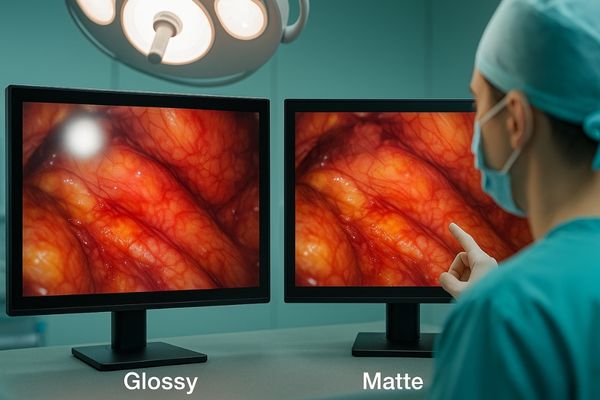
The main difference is how they handle light. Glossy screens offer sharper, more vibrant images but create mirror-like reflections. Matte
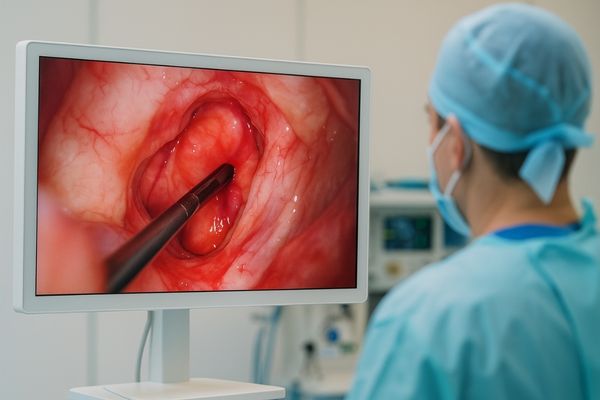
ENT procedures require a resolution that matches the complexity of the task. Full HD is sufficient for many routine examinations
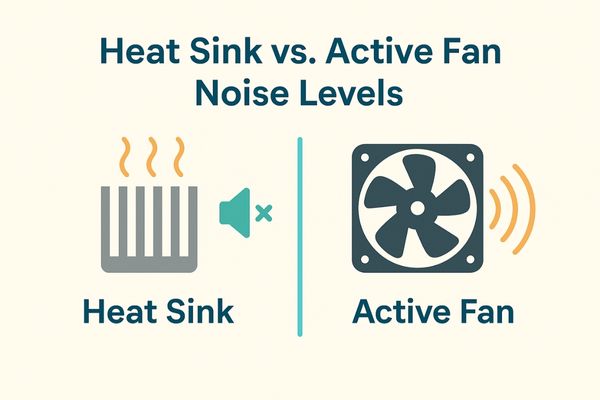
Heat sink-based passive cooling is virtually silent, making it the quieter method. Active cooling with fans, while more powerful, inherently

The best displays for digital pathology review are medical-grade monitors with high resolution (at least 4MP, ideally 5MP to 8MP),
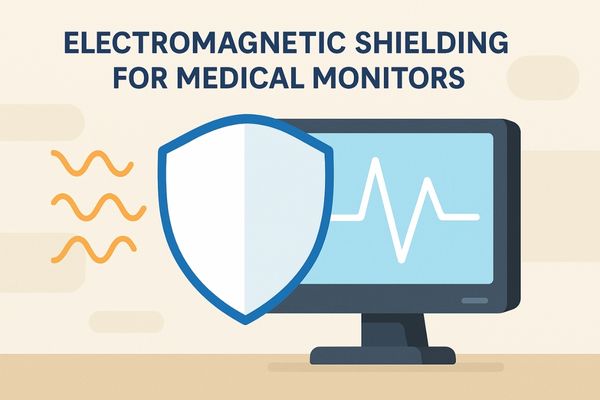
Yes, medical monitor materials are rigorously tested for electromagnetic shielding. This is mandated by safety standards like IEC 60601-1-2. Materials
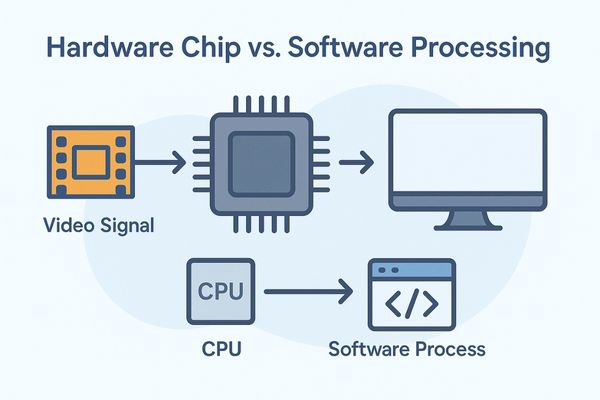
Real-time chips process images at the hardware level for speed and stability, which is essential for surgery. Software enhancements offer
Choosing a medical monitor doesn’t have to be difficult. Tell us how and where you use it, and we’ll give you the most suitable options.

Chinese First Brand Medical Display Manufacturer
ISO 10993,IEC 60601-1,DICOM Certified
martin@reshinmonitors.com
We will contact you within 1 working day, please pay attention to the email with the suffix “@reshinmonitors.com”.